Banarasi Sarees-History, Features and The Art of Creation

The intriguing weaves of the rich banarasi saree have a long history, dating back at least a thousand years. Women love to wear it to office events as well as traditional festivals because of the elegance and refinement with which it is weaved and made with great workmanship. This exquisite saree holds a unique place in the hearts of ladies from all walks of life, religions, castes, and creeds. These banarasi sarees have gained prominence not just in India, but also in other parts of the world.
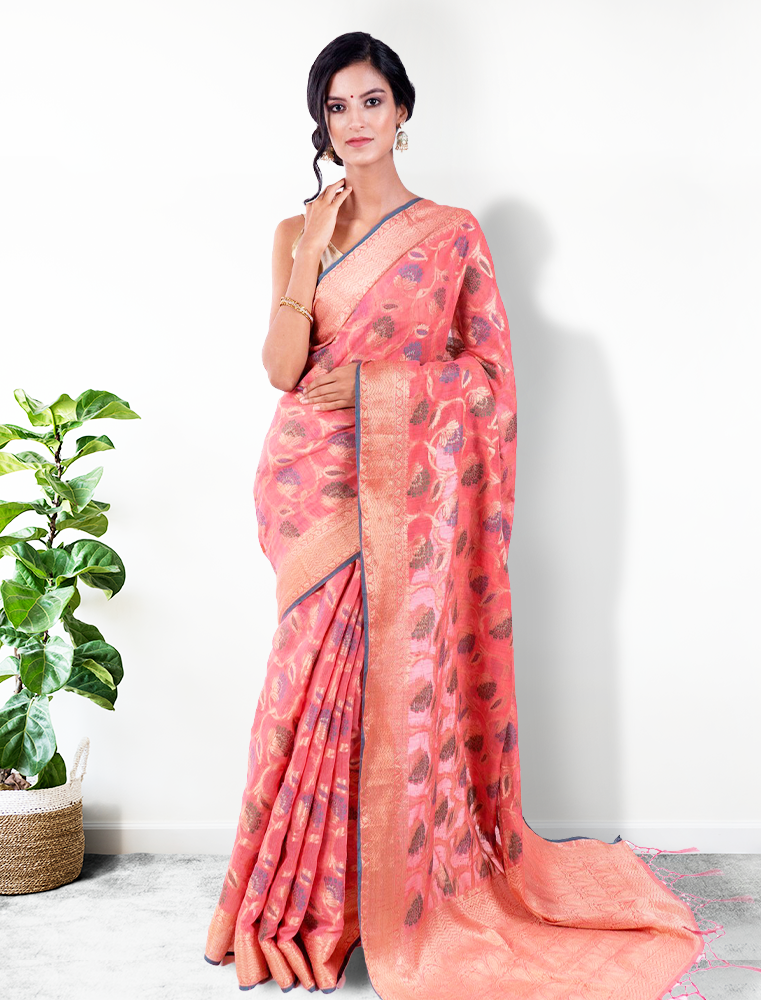
Historical background
Banarasi saree is the cultural heritage of Varanasi, a small town in UP known for its spirituality and Banarasi saree weavers who have been using this handwoven technique for thousands of years. Banarasi silk was introduced by the Mughal dynasty in the year 1000-300 BC with its intricate craftsmanship and adorned with zari and gold thread work. These weavers employ the handwoven technique to weave elaborate motifs with gold and silver threads.
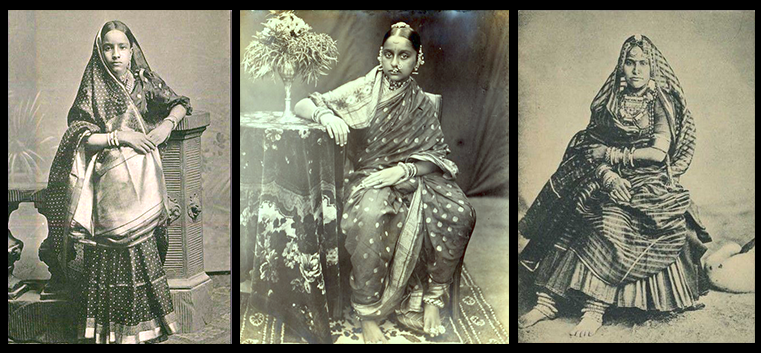
Banarasi sarees were originally decorated with real gold and silver, made for the royal family. These pure gold and silver elements were substituted with gold and silver threads to make them completely affordable and accessible for an average woman.
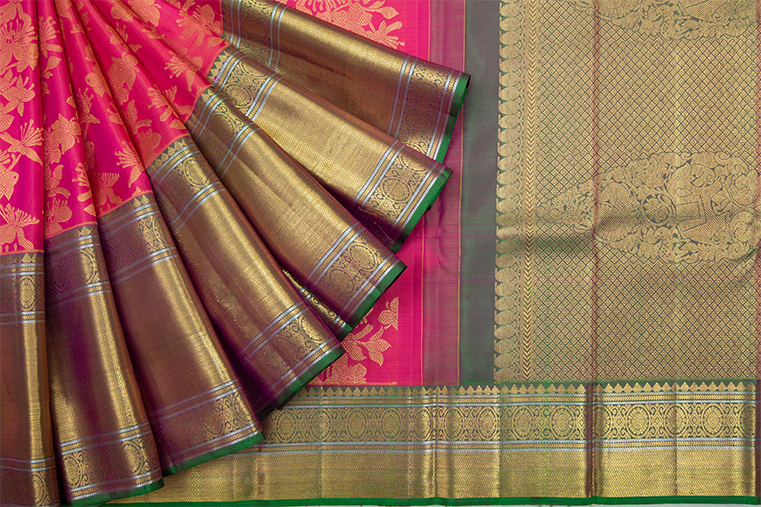
Features
These banarasi sarees are among India's finest patterned sarees, and their exquisite needlework makes them very heavy to handle too, making them ideal for festivities, bridal occasions, festivals, and major functions.
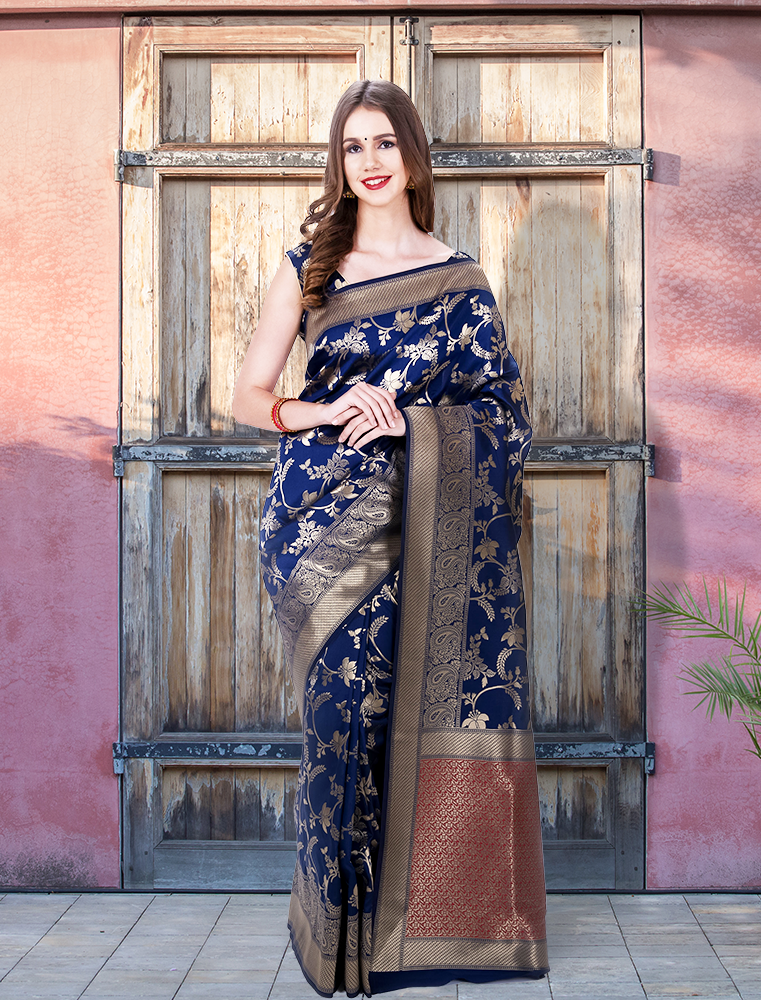
We are all familiar with banarasi silk (katan) sarees, but there are three other types: organza (kora), georgette, and shatir sarees. These banarasi silk sarees, on the other hand, are highly popular and come in a variety of styles, including satin borders, brocades, tanchoi, resham butidaar, fascinating motifs of flora and fauna, birds, human figures, and more.
Persian motifs were also incorporated into Indian designs to create unique floral saree patterns that are still used today.
How are Banarasi Sarees made?
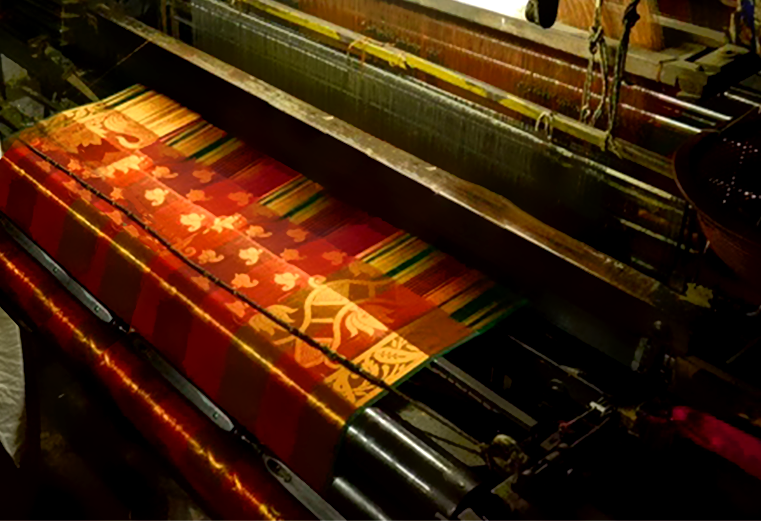
The complete 9-yard saree takes at least 15-30 days to weave. The number of days may vary based on the intricacy and demand of the pattern-work. A saree should ideally be woven by at least three people. A Banarasi saree requires a lot of coordination, as one weaver weaves the saree, the second spin the ring to form bundles and the third assists with a border design.
Officially, a banarasi saree is made up of 5600 threads, each 45 inches broad. The artists build a base that is at least 24 to 26 inches long. The themes are decided during the bundling stage.
On graph paper, an artist creates design boards by sketching designs and colour concepts. Then, before the final pattern is chosen, punch cards are manufactured, and hundreds of perforated cards are made to accommodate a single saree design. On the loom, different shades and threads are used to knit the perforated cards. The perforated cards are then stroked systematically to ensure the main weave picks up the correct patterns and textures.
Latest Posts
Categories
Tags


 +1-403-351-7777
+1-403-351-7777














